Have you ever wondered what it would be like to be a landscape artist?
Painter Tony Hinchliffe tells us what it's like to paint outdoors, along with his favourite wildlife experiences and how prospecting artists can make a career out of following their painting passion.
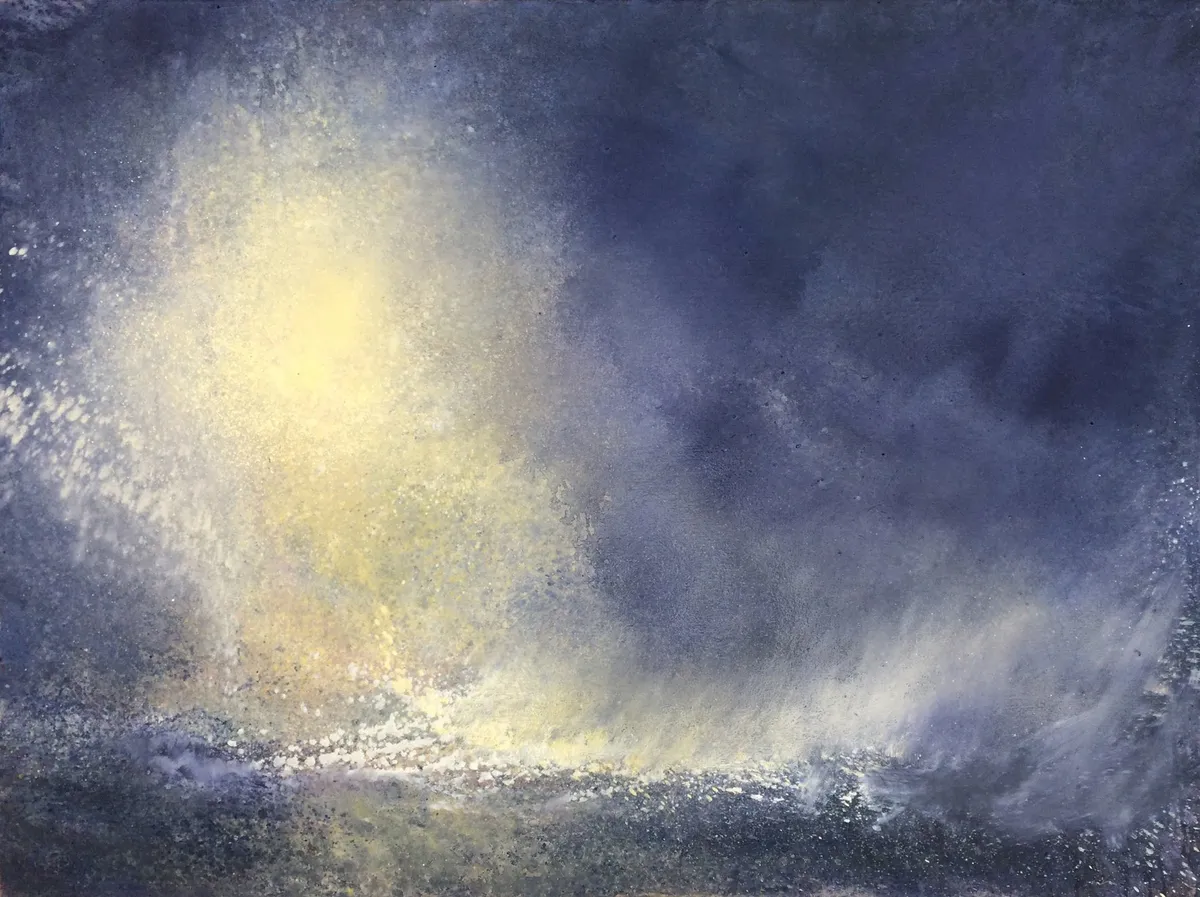
What does the average day as a painter involve?
My average day as a painter usually starts by me stepping into the garden with a cup of tea to smell the day, I then contemplate my level of creativity before I decide what I will work on – usually I want to get straight into a new seascape painting so often have several on the go at any one time. When I start a new piece I spend a fair amount of time sketching my ideas before I start so I have a plan to work to.
How old were you when you first started to show an interest in painting?
I have always been fascinated by nature, the outdoors and how light can change the appearance of pretty much everything. I sold my first commissioned piece of art when I was about ten, this was a portrait of a Jack Russell, I enjoyed painting it so much that it prompted the idea that I could possibly make a career from my art.
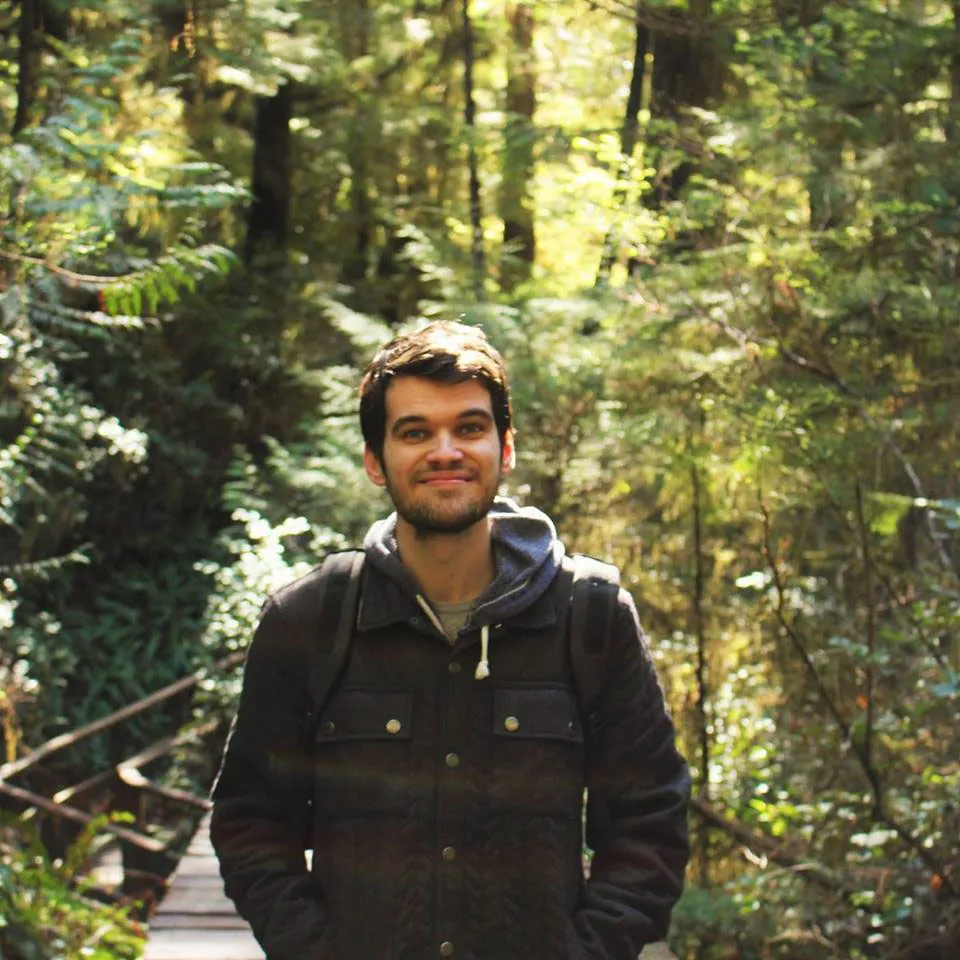
What’s been your favourite project?
My favourite project has to be a series of very large seascapes I painted for a large hotel group, I met the client weekly to discuss ideas and talk about my progress.
I painted 4 large paintings depicting people having fun on the English coast.
A close second would be the paintings I made of the wildlife in Zambia, which I donated to the Chimfunshi Wildlife Orphanage.
What has been your most amazing wildlife experience while on the job?
I was on a paragliding trip in Algodonales, Spain, high up in the mountains waiting for the sun to rise and the weather to come right. To fill my time I made sketches of the Griffon vultures thermalling. When I eventually took to the air I caught a thermal with several vultures. I was so close to these magnificent creatures and it was an incredibly intimate and emotional experience.
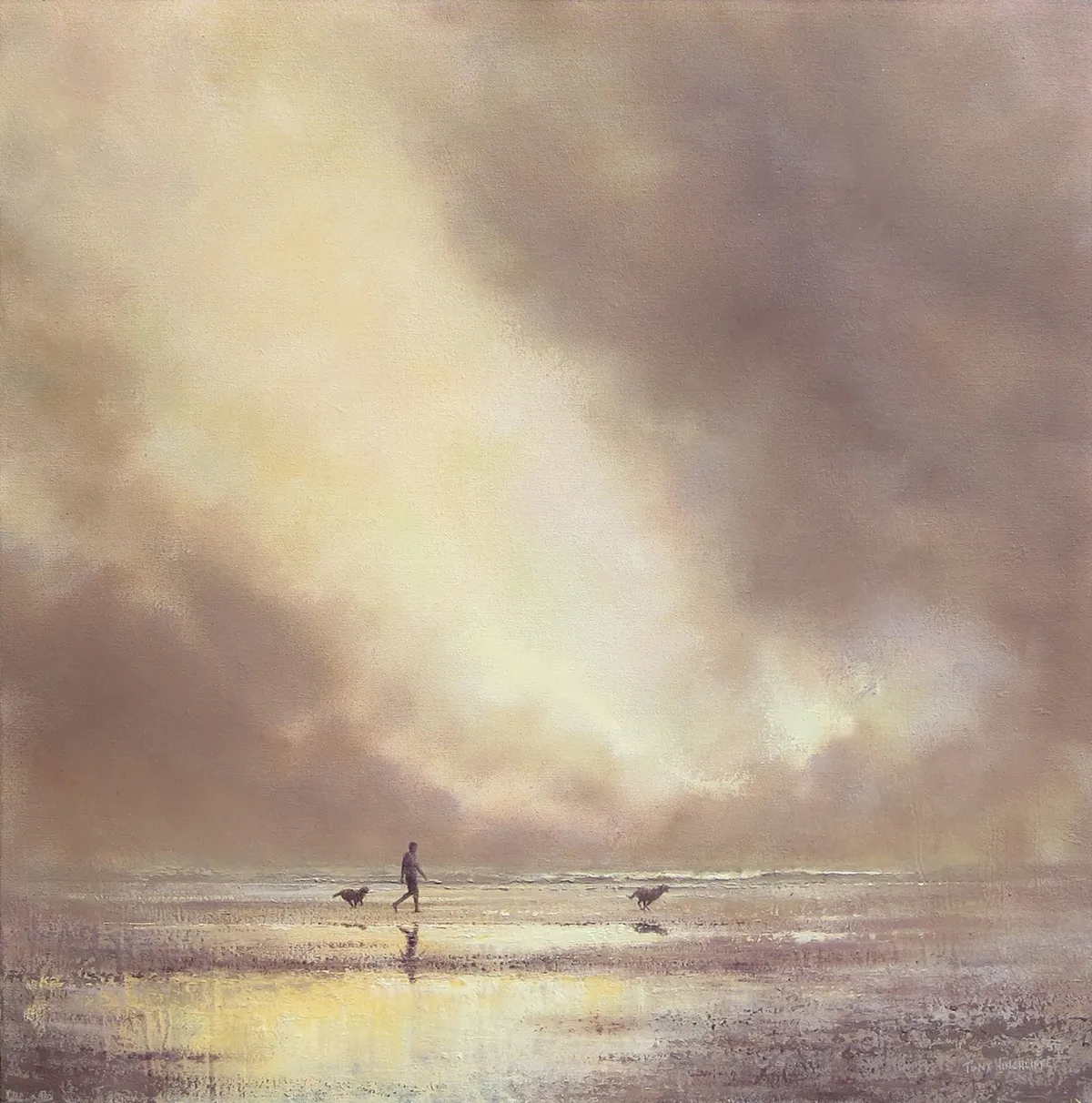
What’s the biggest challenge facing UK countryside today?
I think the biggest challenge facing the UK countryside today is a lack of awareness for the fragility of the natural balance. Communities move within close proximity to natural habitats, it’s important that measures are put in place to minimise pollution so that the health of other living organisms is not adversely affected.
Who is your rural artist hero?
For me, Edward Seago was a legend, always out painting on location capturing the mood, even on an overcast days he managed to portray light in such a delicate, beautiful way with so few brush marks.
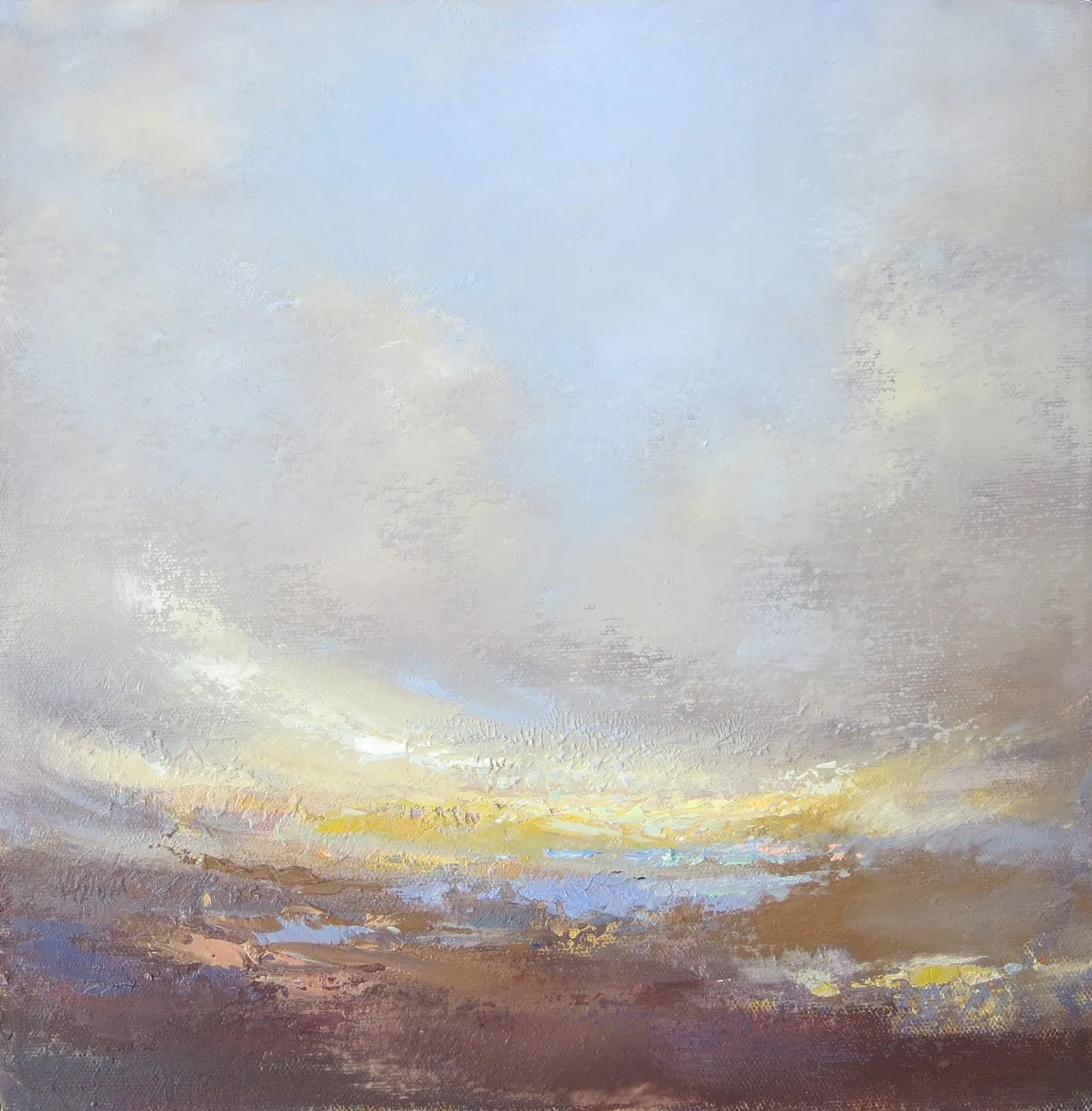
If you were a British animal, what would you be?
A squirrel, I love them, their agility when jumping from branch to branch, and the sound of their claws when scampering up an old tree. Fascinating to watch even when they are digging up my lawn to hide or find their stash.
In your opinion, what is the most beautiful place in Britain?
For me the most beautiful place in Britain has to be the Gower Peninsula. The wildlife on this part of the coast is abundant and the weather is often fickle, changing the light and mood throughout the day.
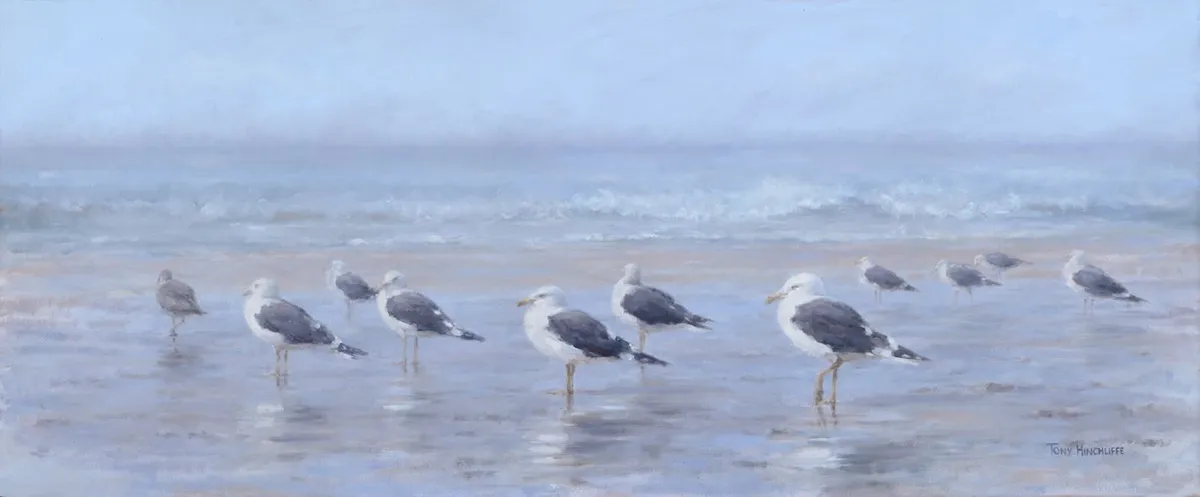
What advice can you offer to young people wanting to get involved with landscape/wildlife/seascape painting?
My advice would be to get out on location and practice, keep things simple and free, don’t become constrained by what you think you should be seeing. Instead look very closely at what is happening in that moment and express that as simply as you can with your own colour considerations and brush work. Above all else don’t give up and make every effort to get your art work in front of people. With a little perseverance the right person will see your efforts and that could lead on to big things. It’s all relative. I once sold a piece of work that someone fished out of my bin, so don’t be too quick to think you're not getting it right.
What is your next challenge?
I am always setting myself new challenges and ways to develop my work. The next consideration for me is to experiment with depicting a scene from the air. I take lots of photos when I am flying, making notes and sketches of colour and mood changes in different conditions. From about 1000 feet, the orange reflections created from a winding river at sunset can be stunning, the ground is often a subdued warm grey; the reflections appear like a glowing snake making it’s way across the land towards freedom and infinite possibilities.
Find out more about Tony Hinchliffe's artwork at hinchliffeart.co.uk
